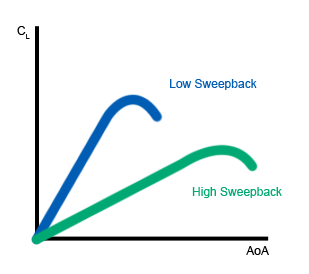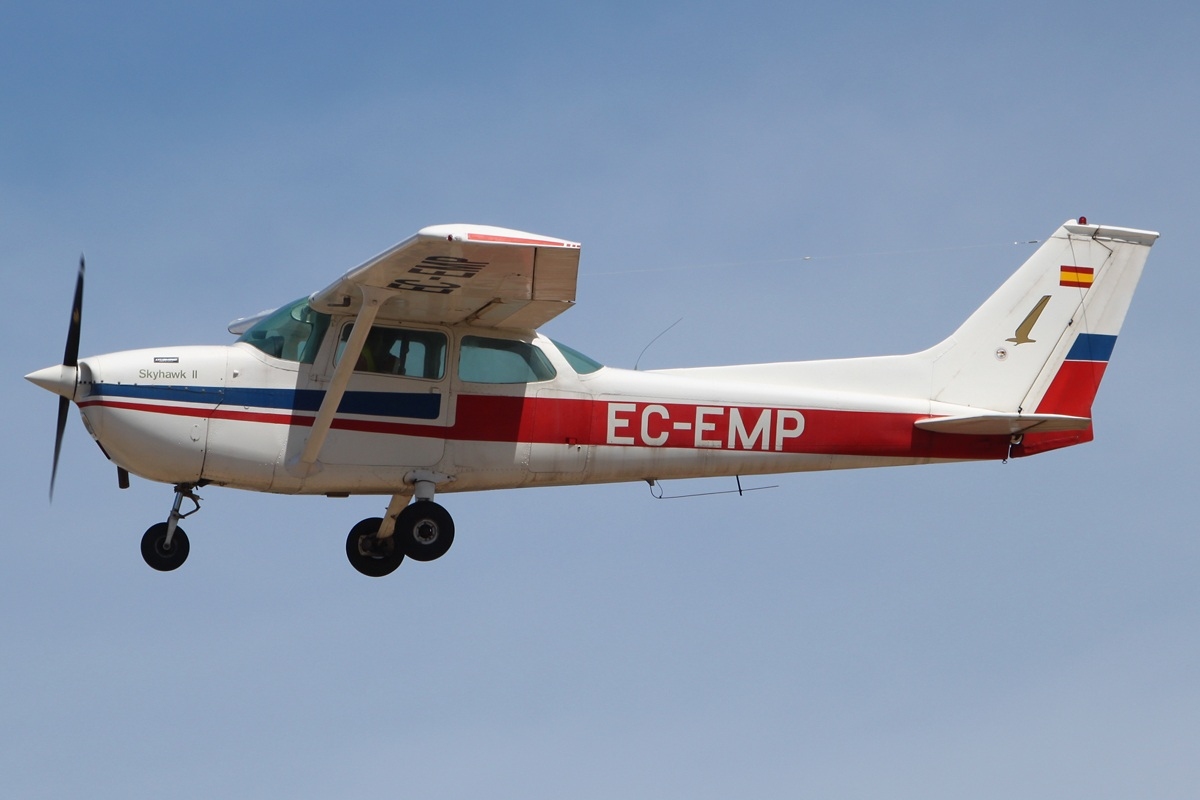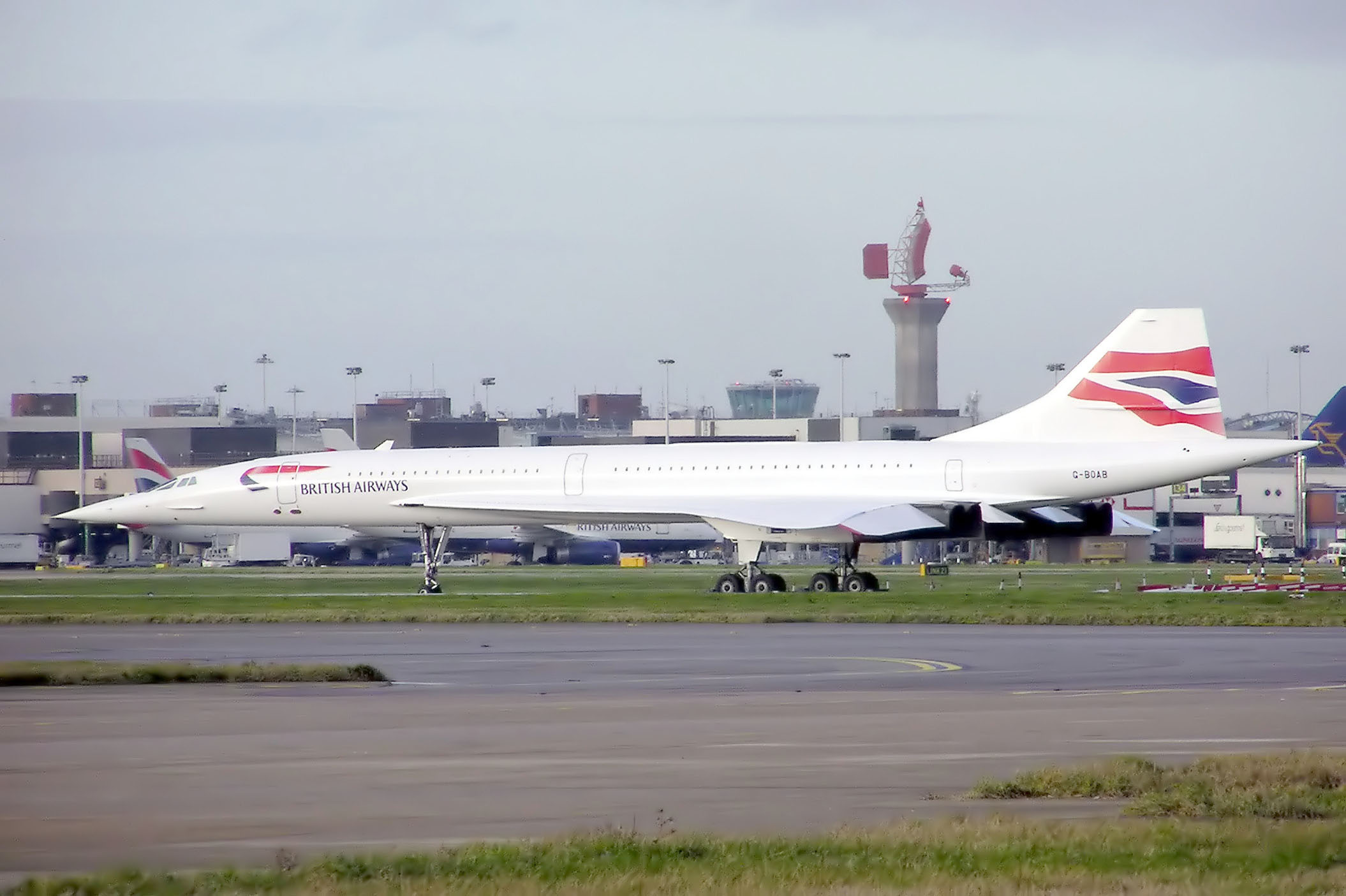I've noticed that the 737 has a rather unusual vertical stabilizer, with an extension at the front. Is the 737 the only plane equipped with such a vertical stabilizer, and what is its purpose?

I've noticed that the 737 has a rather unusual vertical stabilizer, with an extension at the front. Is the 737 the only plane equipped with such a vertical stabilizer, and what is its purpose?

The "extension" at the front is called "dorsal fin". Its main purpose is to improve directional stability in high side-slip situations (asymmetric flight due to engine failure, crosswind landings, etc). The double-sweep of the leading edge of the vertical stabilizer helps the vertical stabilizer to be effective at a larger range of side-slip angles (high lateral angles of attack).
The stabilizer is an airfoil, much like a wing. The amount of lift (or in this case, sideways force) it generates, varies with its angle of attack (AoA, or $\alpha$), or in this case, sideslip-angle ($\beta$) something like this:

Lift coefficient ($C_L$) increases with increased $\alpha$, until it reaches $C_{L_{MAX}}$. This angle is called $\alpha_{crit}$.
Generally, the more sweepback an airfoil has, the lower its $C_{L_{MAX}}$, BUT the higher its $\alpha_{crit}$. This means that the non-dorsal-fin-part of the stabilizer (low sweepback) will be able to generate its $C_{L_{MAX}}$ (sideways lift) at a lower $\beta$ than the dorsal fin. Increasing the side-slip angle beyond its $\beta_{crit}$ decrease the amount of sideways force it generates. By using a secondary airfoil (the dorsal fin), with a higher sweep angle, (ie, higher $\beta_{crit}$), the net loss in sideways force with increased side-slip may be avoided, or at least mitigated. Further, at high $\alpha$, (or in this case, with a vertical stabilizer $\beta$), a delta with high sweepback will generate a vortex, which will follow the upper side of the surface down-stream of it, adding kinetic energy to its airflow, thus enhancing its effectiveness.
The current version of the dorsal fin was added to the Boeing 737 with the Classic (−300 and onwards), but the design is not unique for the Boeing 737. Look the Cessna 172 for instance (Wikimedia Commons):

The ATR 72 doesn't have a "pronounced" dorsal fin, but you can still see clearly how the sweepback of the vertical stabilizer changes along its length (Wikimedia Commons):

Or, on the other side of the speed spectrum (Wikimedia Commons):

The vertical tail stabilizes the aircraft in the yaw axis. The fuselage is unstable, so a stabilizing fin must be added. Since the vertical has a much higher aspect ratio than the fuselage, it will stall first. Beyond the stall angle of sideslip, the vertical will not be able to overcome the still increasing instability of the fuselage.
To remedy this, a delta wing with high sweep has been added ahead of the lower part of the vertical. It will not stall but continue to increase its sideload with higher angles of sideslip, thus stabilizing the whole plane in yaw even when the vertical tail itself is stalled. Since the high sweep will produce a vortex at high sideslip, this will also help to make the lower part of the vertical more effective.
Adding the fin extension or strake will keep the aircraft stable into higher angles of sideslip.
For planes that fly at high speeds (near or above the speed of sound) that strake helps with area ruling.
As the craft nears speed of sound the characteristics of air change and the change in cross sectional area over the longitudinal axis becomes an important factor in drag forces. Keeping this smooth as possible will decrease drag in the transonic regime.
That strake will let the rudder itself be smaller and move more of its volume forward and smooth out the transition to the rudder proper.